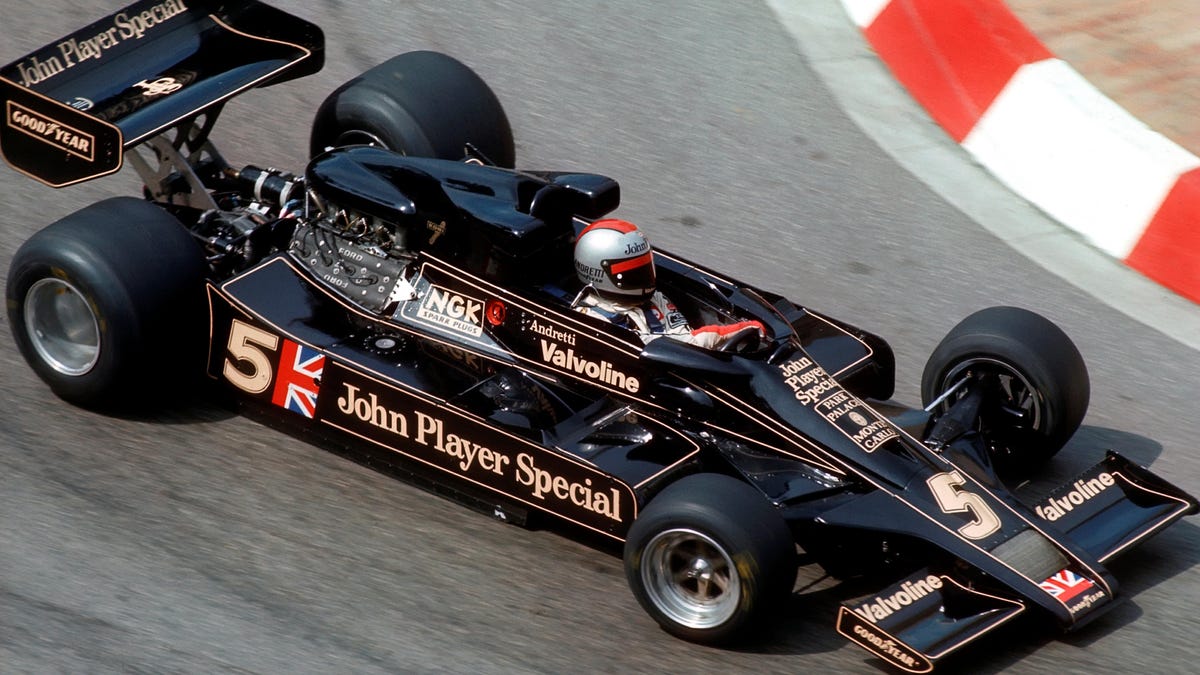Mario Andretti was 15 years old when his family packed their bags and moved from Italy to Nazareth, Pennsylvania. A young Andretti and his twin brother Aldo had witnessed the glory of the Mille Miglia from the Abetone pass and had basked in the spectacle of Formula 1 at Monza. The brothers knew they wanted to race. But according to Mario Andretti himself, it was their big move to the United States that even made that dream a reality.
The Andretti twins were born in Montona, Istria in 1940. Back then, the Istrian land was part of Italy, but after World War II, Yugoslavian communist forces seized the region; before long, it was dangerous to do anything as simple as speak Italian, and hundreds of thousands of people were forced into exile. When the Andretti twins were eight, the family settled into a refugee camp near Tuscany for a few years, sharing small quarters with over 15 other families. When they were teenagers, they finally received the necessary visas to emigrate to the United States, where they ended up in a little town called Nazareth.
The Andrettis had witnessed the Mille Miglia and the Italian Grand Prix before they shipped off to the States, so in a chat with Andretti for my podcast Deadly Passions, Terrible Joys, I had to ask: How big was the culture shock when he realized that motorsport in Pennsylvania took place on short dirt oval tracks?
“My twin brother Aldo and I looked at each other after we saw the [American dirt track] cars and said, ‘You know what? These aren’t that sophisticated. Maybe these are doable. Maybe we can start there,’” he said, laughing at the memory.
Two years after that first sighting, Aldo and Mario Andretti had saved up enough money to buy their potential race car, a 1948 Hudson Hornet. It took two more years to fix it up before they got to the track; the twins were 19 years old the day they flipped a nickel to decide which of the two would start the very first race that Hornet had entered.
“We were going after an impossible possible dream, and we had to start somewhere,” he said. “The opportunity could have only come in America. We are the perfect example of the American dream. Everything I dreamed about, pursuing a career like this, could have only happened here.”
There are plenty of factors that contribute to that America-exclusive success. The barriers to entry were a lot lower in American motorsport than in Europe; in the U.S., you just needed to show up at one of any number of local dirt tracks with a car that met the lax rulebook. In Europe, it was more of an invitation-only sport for rich dudes. Sure, maybe the Andrettis could have ended up buying a race car in Italy, but it wouldn’t have been as affordable as the Hornet — and the prize money wouldn’t have been as good, either.
See, Mario Andretti always wanted to race in Formula 1, but as his career took off in the mid-1960s, European racing wasn’t lucrative. Again, there was an expectation that competitors were from well-to-do families and could afford to race for the love of the sport, not for money. Even local dirt track events in America featured some kind of prize purse, and as you moved up the ranks to more formalized, professional series, you could expect bigger prizes. Over in Formula 1, for example, you just didn’t have that same guarantee.
Andretti is right; there really isn’t any way that he could have made a career in European motorsport — not without that American jumpstart. You can thank local dirt track events for creating one of the most incredible racing talents in the United States.

